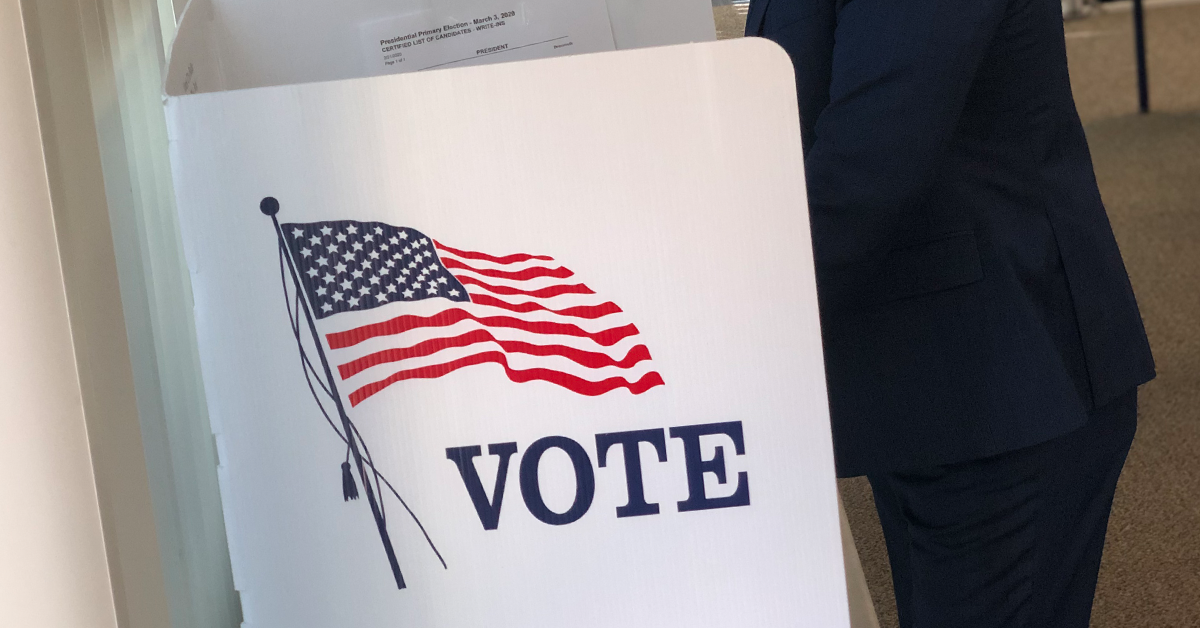The Federal Reserve reduced its key interest rate by a quarter-point as a response to declining inflation and post-election uncertainty.
The rate cut follows a larger half-point reduction in September and comes as inflation has fallen, now barely exceeding the central bank’s 2% target.
The big picture: The Fed’s benchmark rate has been reduced to about 4.6% from a four-decade high of 5.3% prior to September’s meeting, indicating a significant shift in monetary policy.
- Despite the rate cut, the Fed’s policymakers had initially projected further quarter-point cuts in November and December, which may now be less likely due to the mostly solid economy and Wall Street’s anticipation of faster growth.
- Fed Chair Jerome Powell stated that the recent election will have no immediate impact on the Fed’s interest rate decisions, emphasizing the Fed’s intention to continue reducing its key rate towards a “neutral” level that does not restrain or stimulate growth.
Go deeper: The economy is showing conflicting signals, with solid growth but weakening hiring, leading to concerns about the need for further rate reductions and potential overstimulation of the economy.
- Financial markets’ response to the rate cuts has led to higher borrowing costs throughout the economy, potentially diminishing the intended benefits to consumers and posing a challenge for the central bank in supporting the economy.
- While rate cuts typically lead to lower borrowing costs for consumers and businesses over time, there are indications that borrowing costs have remained high, particularly for mortgages and car loans, despite the Fed’s efforts to lower its benchmark rate.










